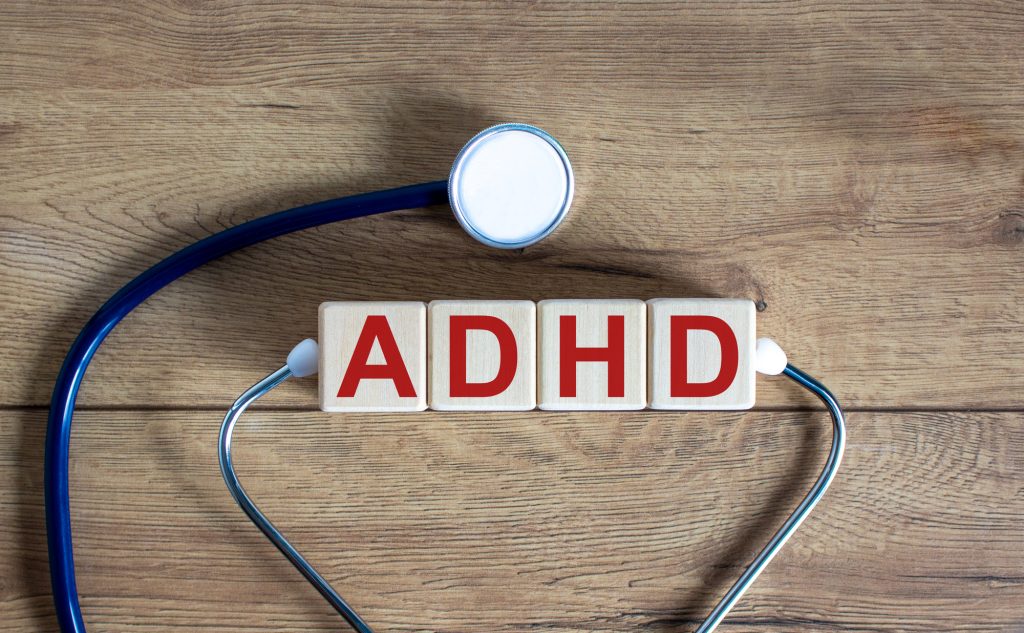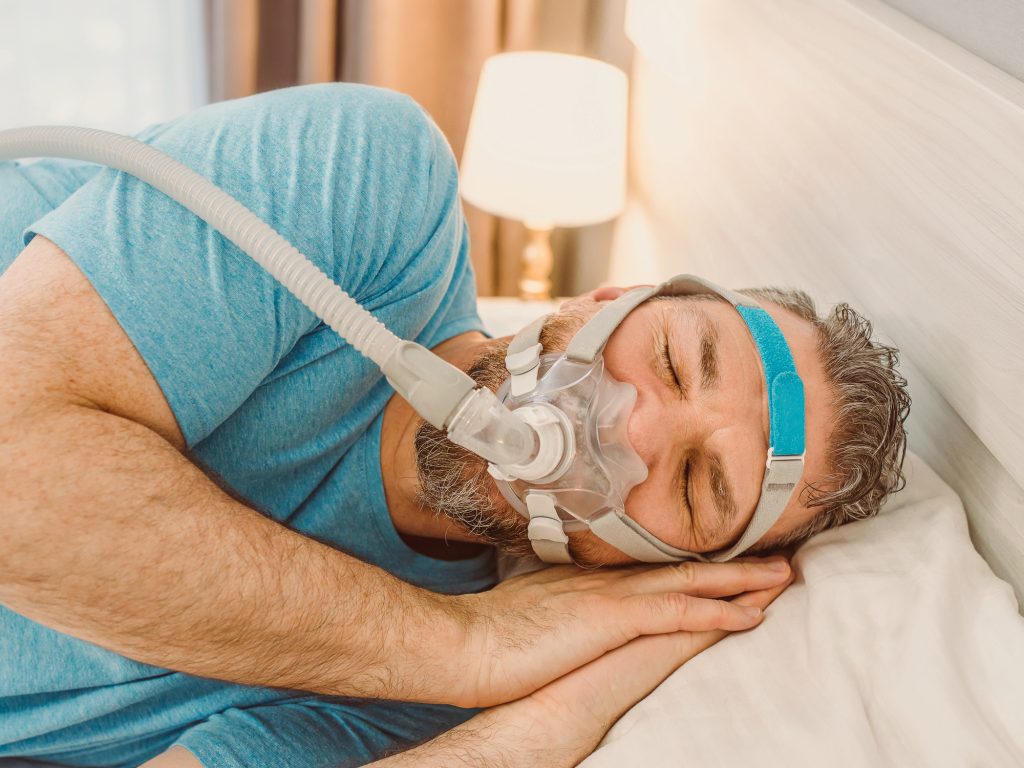 Written by Harriet Turner.
Written by Harriet Turner.
Healthcare students often face a myriad of challenges that can affect their mental health, well-being, and academic performance. From the pressures of achieving high grades to the stress of balancing full or part-time work responsibilities, it’s no wonder that many medical students find themselves overwhelmed. In fact, according to research, healthcare professionals have lower levels of positive psychological attributes compared to the general public.
However, as awareness of mental health issues improves in society and the stigma around asking for help gradually diminishes, many options are available for modern professionals looking to benefit from some extra support. In particular, counseling services are a vital resource. In this guide, we explore some of the benefits of using a counseling service while studying and working and briefly discuss the role institutions have in facilitating these conversations that promote better well-being and academic success.
The role of counseling in academic success
Counseling services in educational institutions are designed to provide students with the emotional and psychological support they need to navigate the complexities of a work/academia balance. Some of the most notable benefits of counseling for students include:
-
Managing stress and anxiety
One of the most common issues faced by students is stress and anxiety, whether it’s due to looming deadlines, exam pressures, or personal problems. Counselors can help people develop effective coping strategies, such as time management skills, relaxation techniques, and mindfulness practices.
There isn’t a one-size-fits-all solution to manage anxiety whilst studying – everyone will have their own likes and dislikes. Working with a counselor allows you to build a personalized toolkit of techniques tailored to your preferences. By learning how to manage stress, students can improve their focus and academic performance.
-
Enhancing emotional well-being
Every student experiences a plethora of emotions that can be difficult to acknowledge and understand. This confusion can exacerbate negative feelings, which has the potential to impact both academic pursuits and your personal life.
Counselors are trained to help students understand and manage these emotions. This support can be crucial in times of crisis, such as dealing with grief or relationship issues. By providing a safe and confidential space to express their feelings, counselors enable students to gain perspective and develop resilience.
-
Building self-confidence
Lack of confidence can hinder a person’s ability to engage fully in their learning or take on new extra-curricular challenges. This can negatively impact their overall academic experience.
Counseling can help you to recognize your strengths and build self-confidence. Through individual or group sessions, counselors work with students to set achievable goals, celebrate their successes, and address any self-doubt. Research shows that confidence problems are particularly prominent among neurodiverse students: 31% of people with neurodiversity felt they were more likely to experience bullying from peers.
Having these tools available to you can help you to get the most from your educational and professional journey, and encourage you to push yourself to broaden your horizons. Self-confidence is an important skill throughout life, so developing it while studying will stand you in good stead as you continue to develop your career.
-
Improving interpersonal skills
Effective communication is a key component of a successful academic experience. Not only is it important when delivering group projects or presentations, but these skills can help you bond and connect with your peers, helping to foster stronger, healthier relationships that could last a lifetime.
Counselors can assist students in developing better interpersonal skills, such as active listening, assertiveness, and conflict resolution. These skills can promote better social interactions during your studies and help you develop professional bonds with companies or individuals in the corporate world, potentially opening up more doors along your career path.
Things for students to keep in mind
- The onus is on you. Ultimately, it’s the responsibility of learners to seek out support for themselves if they feel like it could benefit any facet of their academic, professional or personal life. While institutions should make it clear which avenues of support are available, you’ll need to take the initiative to organize extra support should you need it.
- You need to commit to the process. To get the most benefit from your sessions, it’s important to take away any tools or strategies that you develop and practice them in your own time. If a certain approach isn’t working for you, don’t get frustrated – tell your counselor and they’ll be able to help you find alternative solutions.
- Understanding your options. It’s important to remember that you’re never alone when it comes to your well-being. In academic settings especially, there are so many different avenues of support. Friends, student-led services, qualified professionals, teachers, charities and online resources can all help you with different aspects of your wellbeing. Find an approach that feels right for you, and don’t be afraid to experiment with your options.
How can educational institutions support students?
To maximize the benefits of counseling, educational institutions should prioritize the availability and accessibility of these services. This can be achieved by:
- Hiring qualified counselors: Ensuring that counseling staff are well-trained and experienced in dealing with common study-specific issues.
- Promoting awareness: Increasing awareness about the availability of counseling services through orientation programs, workshops, and campus events. Students should also be informed through digital means, be it in a newsletter, social media or by publishing information on the website.
- Creating a supportive environment: Fostering an inclusive and non-judgmental atmosphere where learners feel comfortable seeking help is important to improving uptake.
The intrinsic link between wellbeing and academic performance
Counseling services play a pivotal role in supporting people through their academic journey. By addressing emotional and academic challenges, counselors help students build resilience, improve their social skills, and achieve their full potential. As educational institutions continue to realize the relationship between mental health and academic success, investing in robust counseling services becomes essential for fostering a thriving student community.
Author bio: Harriet Turner
As a student ambassador at her university, Harriet has seen firsthand the benefits of having student-led services available to offer peer support throughout higher education. She is passionate about furthering the conversation around mental health amongst students and regularly publishes articles in the student magazine on the topic.
References:
Kotera, Y., Jackson, J.E., Kirkman, A. et al. “Comparing the Mental Health of Healthcare Students”. Int J Ment Health Addiction (2023). https://doi.org/10.1007/s11469-023-01018-w
“Balancing part-time study with full-time work”. University of Portsmouth (unknown).
“40 Study Tips For Neurodiverse Students”. Studocu (2024).
https://www.studocu.com/blog/en/40-study-tips-for-neurodiverse-students
“How universities can support student mental health and wellbeing”. World Economic Forum (2022).
https://www.weforum.org/agenda/2022/03/education-institutions-and-fostering-a-true-culture-of-care/
Please also review AIHCP’s health care certification programs and see if it meets your academic and professional goals. These programs are online and independent study and open to qualified professionals seeking a four year certification.

 Written by Veronica Turner.
Written by Veronica Turner. Written by Pat Baker.
Written by Pat Baker. Written by Sarah Lee.
Written by Sarah Lee. Written by Lauren N. Ray
Written by Lauren N. Ray Author Name: Lauren N. Ray
Author Name: Lauren N. Ray Written by Veronica Turner
Written by Veronica Turner Written by Veronica Turner
Written by Veronica Turner Written by Veronica Turner
Written by Veronica Turner Written by Veronica Turner
Written by Veronica Turner Written by Veronica Turner
Written by Veronica Turner